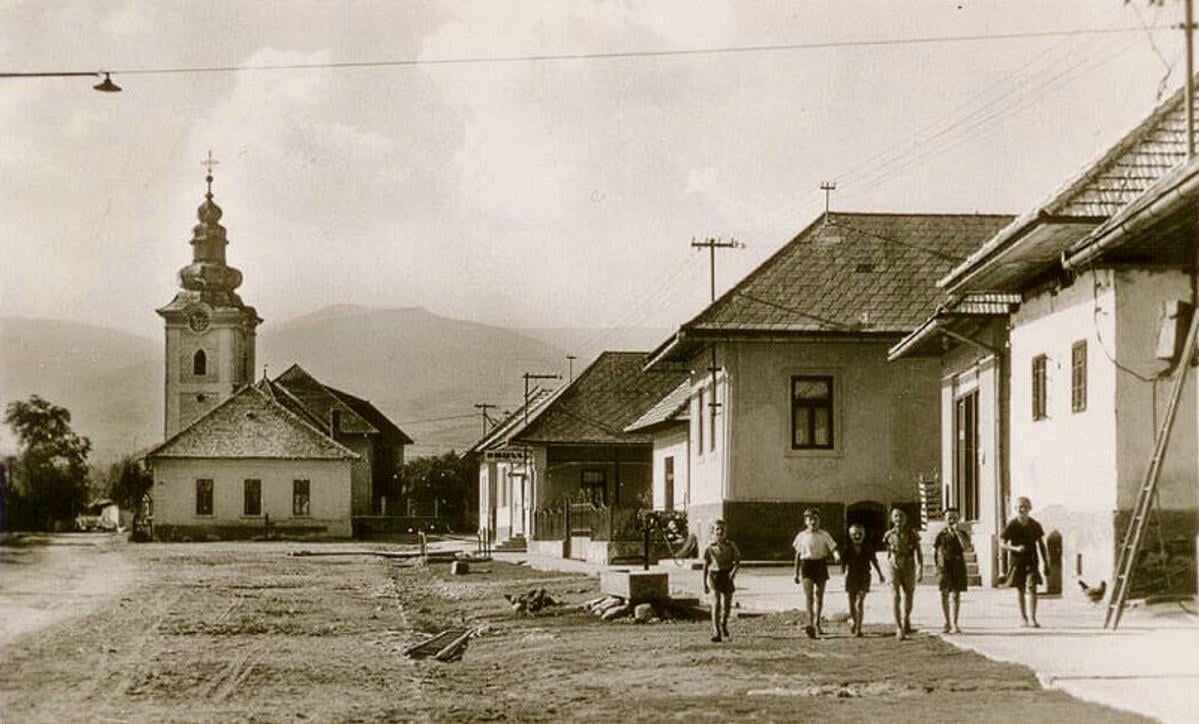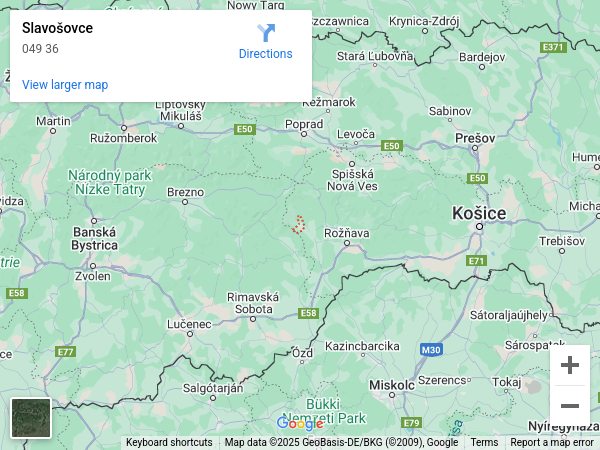This postcard dating from the Second World War shows the small town of Slavošovce in the Gemer region. No discussion of Slavošovce would be complete without mentioning Pavol Dobšinský, a famous 19th century Slovak purveyor of culture who was born in the village in 1828, and who is closely connected with Slovakia’s history and culture.
The old Hungarian name for the entire upper region of the Hungarian Kingdom where present-day Slovakia lies was Felvidék. The name, meaning “the upper countryside”, is apt given that much of the territory was rural and mountainous. The region’s rugged terrain and the relative lack of big cities kept its inhabitants isolated, which in many places helped to preserve age-old cultural traditions, from music to oral storytelling.
It was this oral tradition that concerned Dobšinský. Originally a Protestant pastor, he was active in literature and he co-edited the influential cultural magazine Sokol (i.e. Falcon). In 1867, he began collaborating on (and contributing to) the Anthology of Slovak National Songs, Myths, Proverbs, Sayings, Riddles, Games, Habits and Superstitions.
However, Dobšinský achieved most of his fame thanks to his eight-volume work Prostonárodné slovenské povesti (Popular Slovak Myths), which remains the most comprehensive collection of Slovak fairy tales from the years 1880-1883. Though he included stories from other collections, he collected many of them himself, some of which were published for the very first time in this anthology.
Dobšinský’s myths have since been published in four editions. The second edition, from the 1950s, features illustrations by Martin Benka and is especially revered among bibliophiles.
Many Slovak children grew up on these tales, many of which are scary according to today's standards.
This article was originally published by The Slovak Spectator on September 17, 2013. It has been updated to be relevant today.


 Slavošovce in the Gemer region (source: Branislav Chovan)
Slavošovce in the Gemer region (source: Branislav Chovan)
